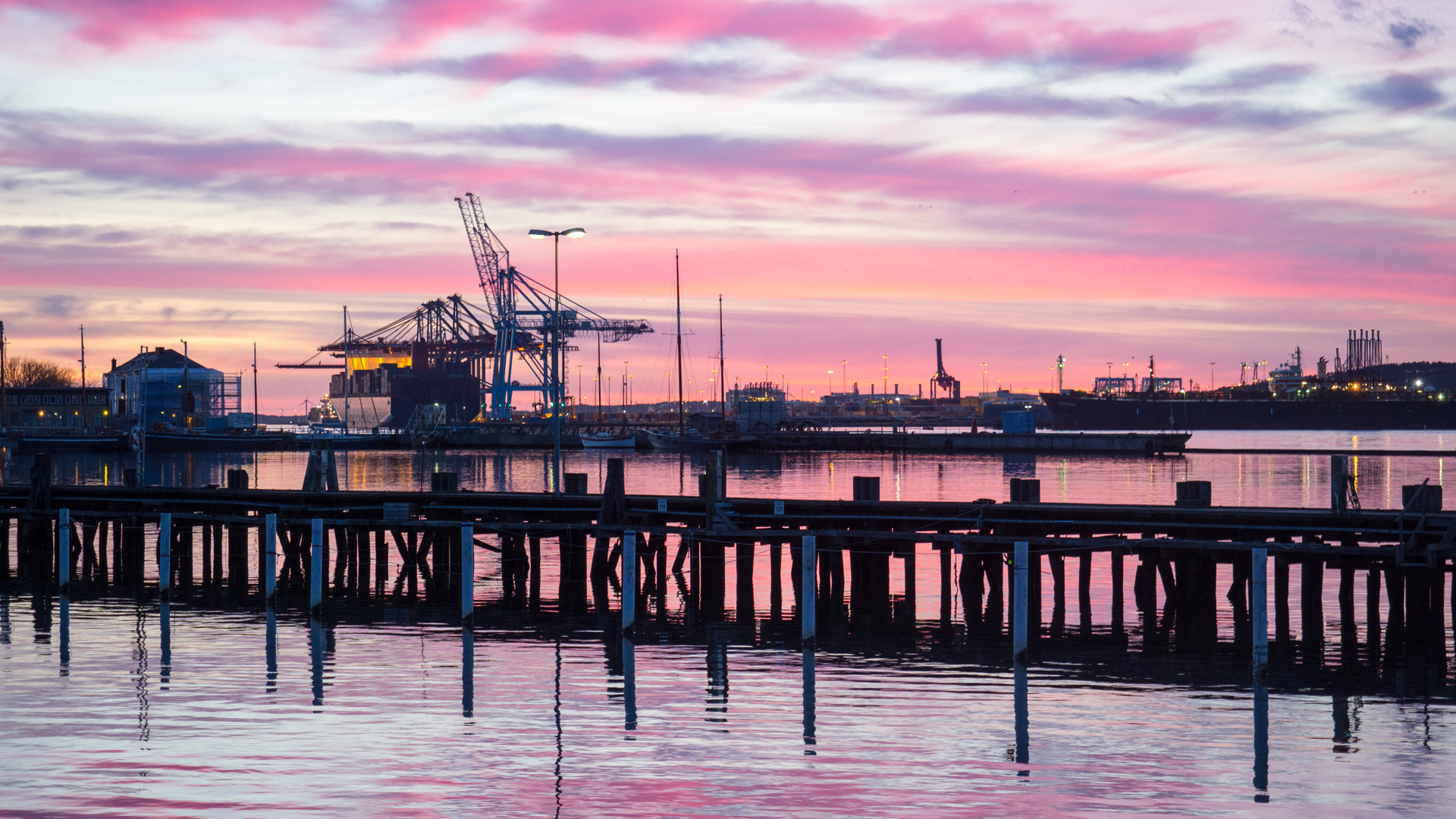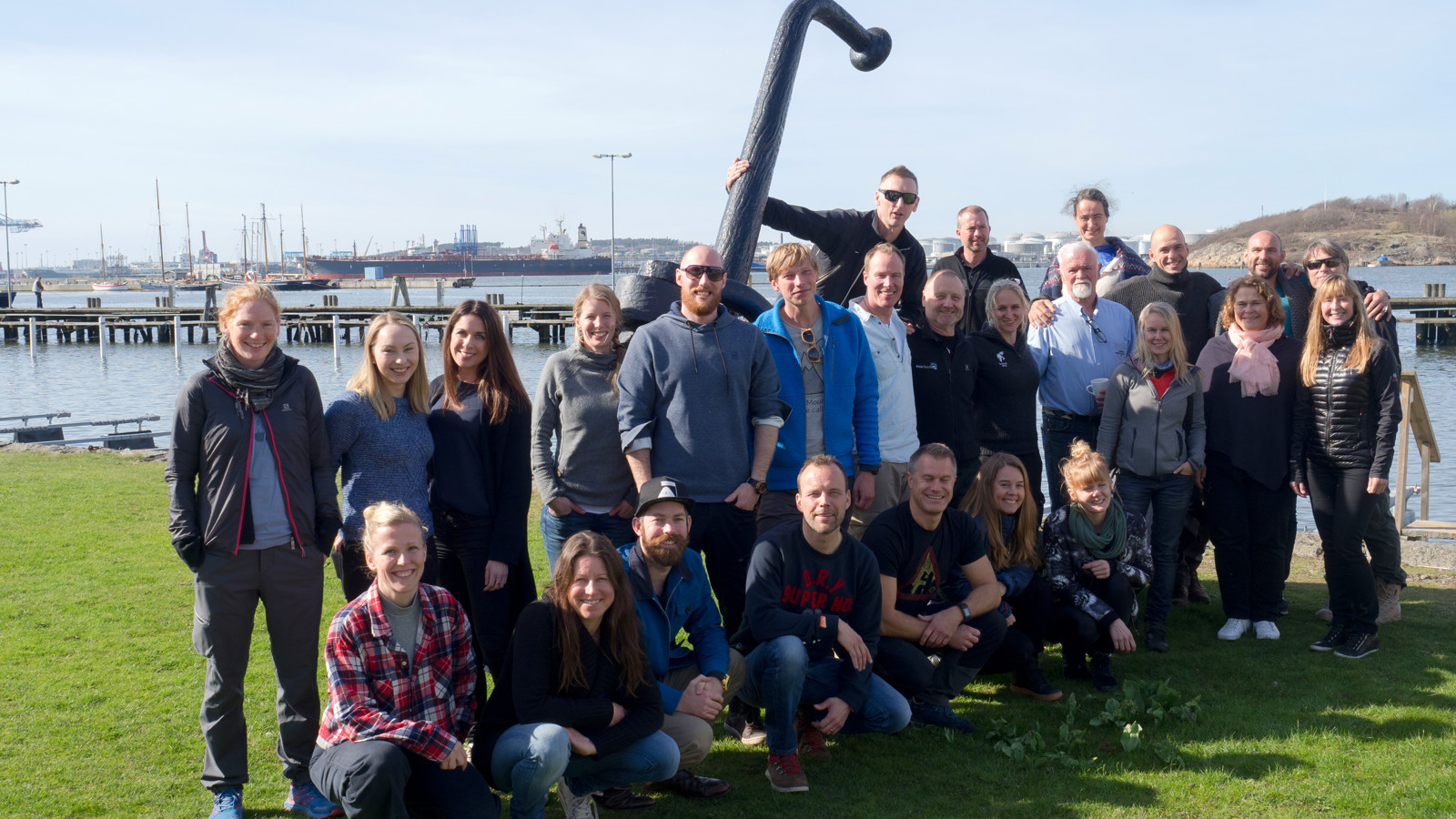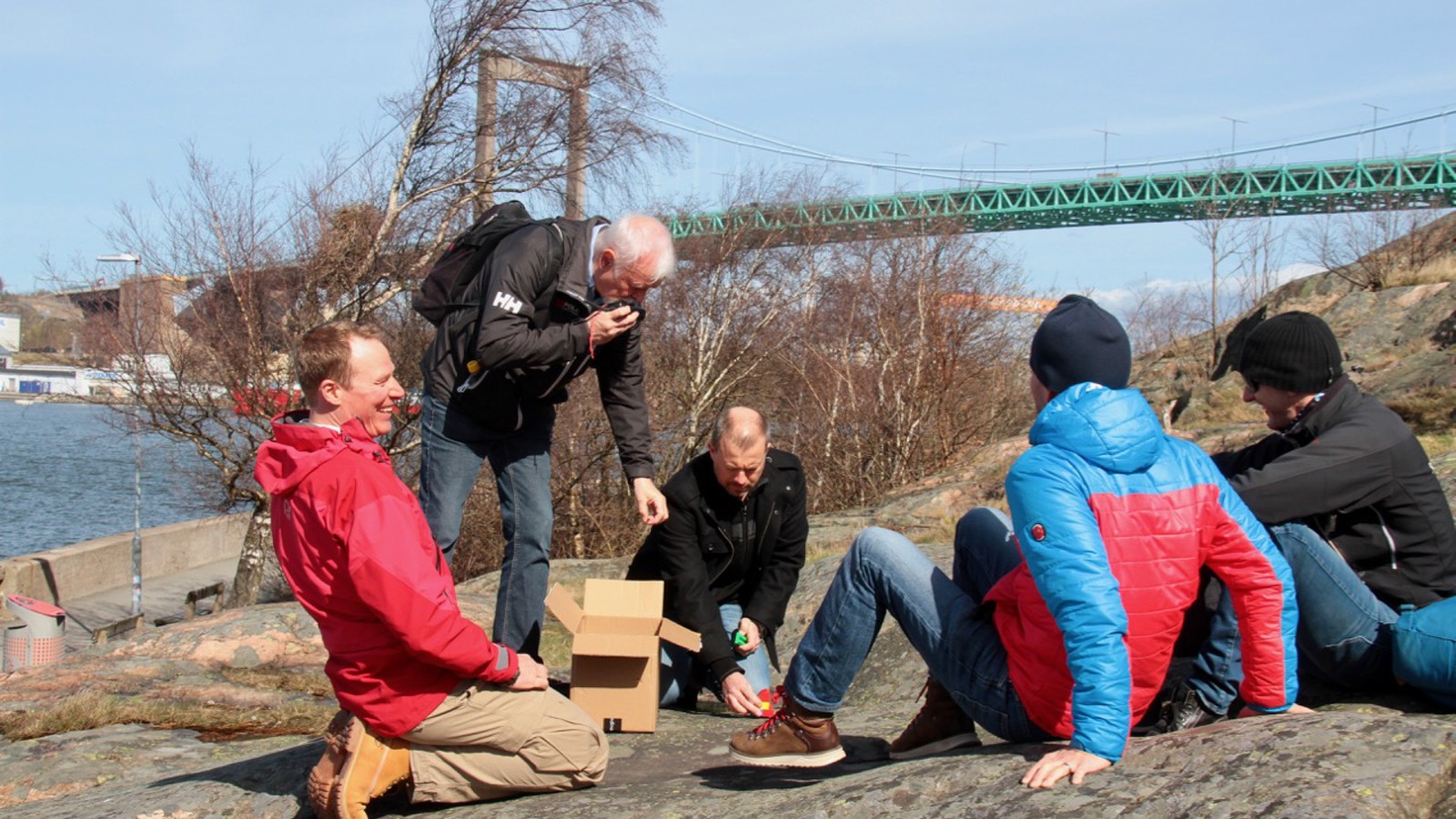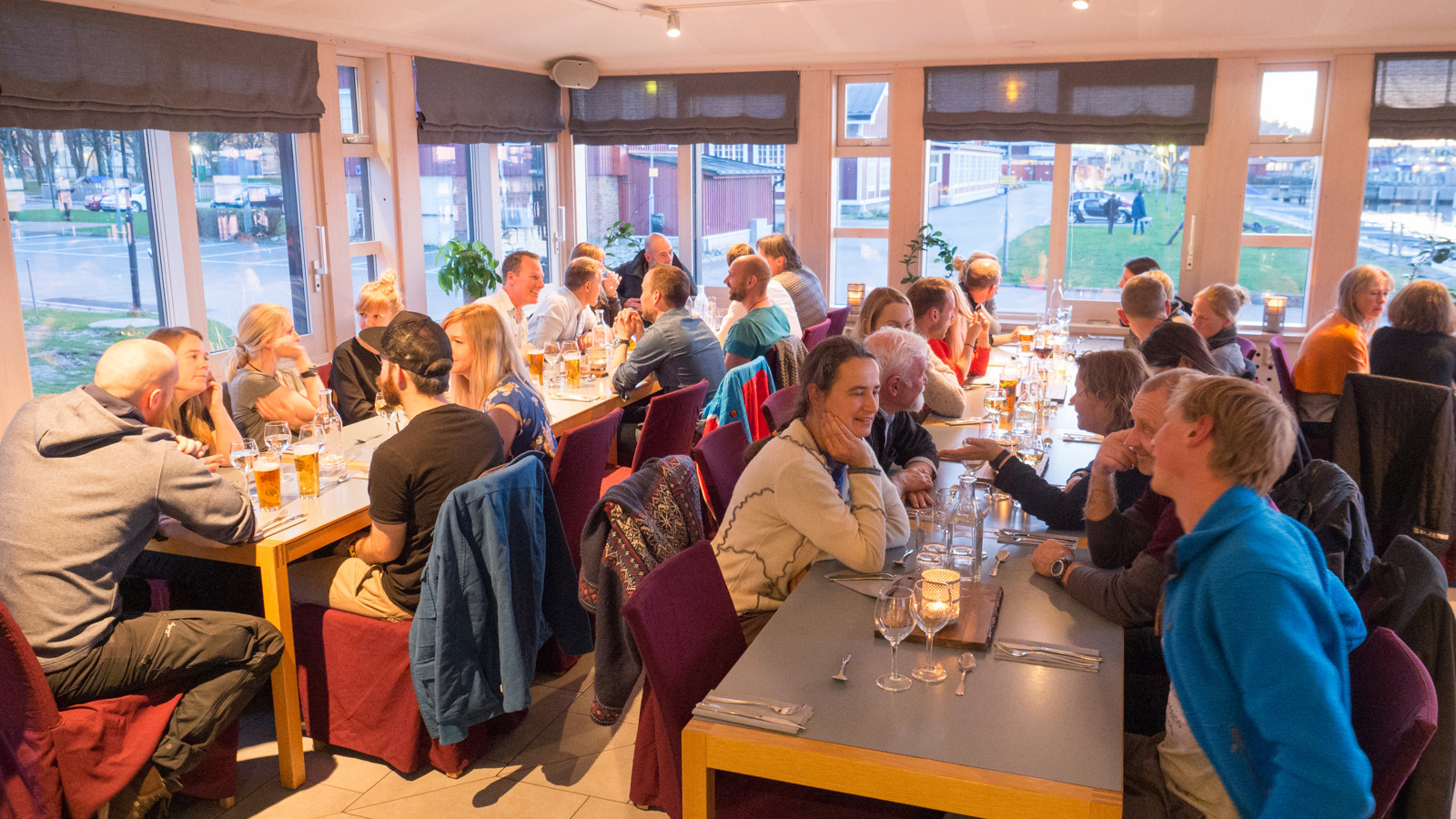Every year, PolarQuest arrange a guide seminar for all our polar guides to prepare for the upcoming Svalbard season. The 7 – 9 of April, the 10th seminar was held and it truly was a success!
For three days they listened to interesting lectures and participated in activities such as CPR and hands-on exercises to become even better collaborators. We are very proud of having so many knowledgeable and enthusiastic guides!





